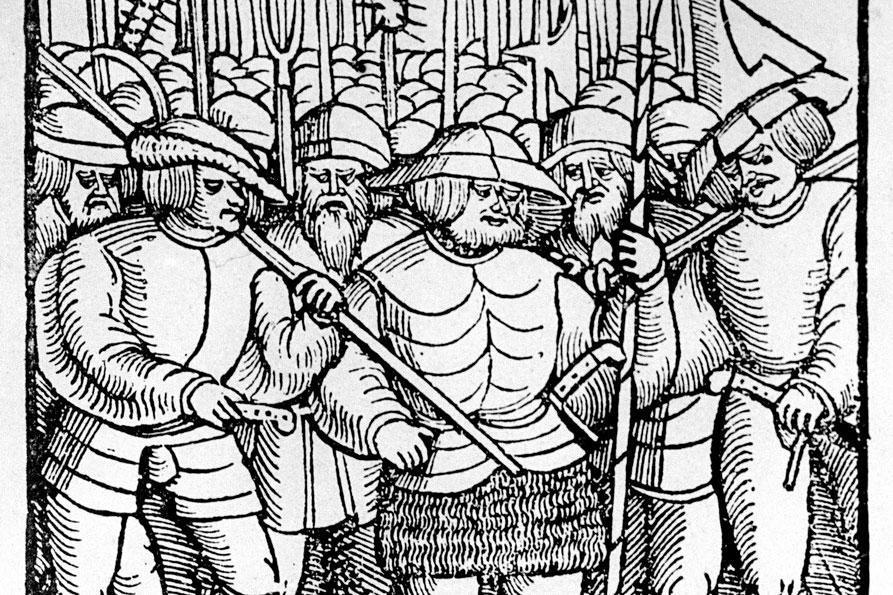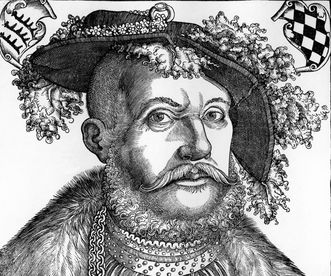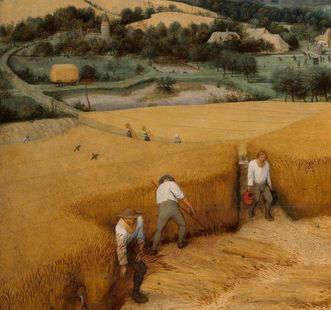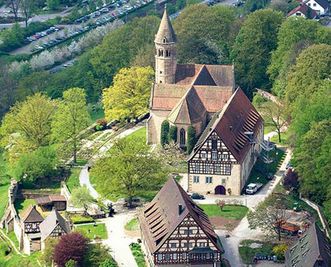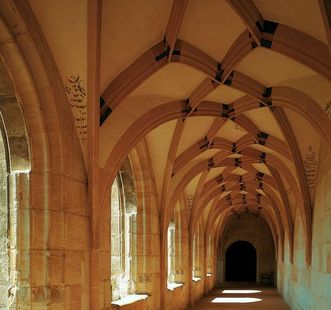REASONS FOR THE PEASANTS' WAR
In the spring of 1525, peasant rebellions broke out in many places in southwest and central Germany. The reason behind them was the introduction of new consumption taxes on important foods. Because of young Duke Ulrich's extravagant lifestyle, the land was massively in debt. The government attempted to resolve the financial crisis by increasing taxes. At the same time, the expansion of royal power restricted the autonomy of subjects and increased unrest and resistance.



